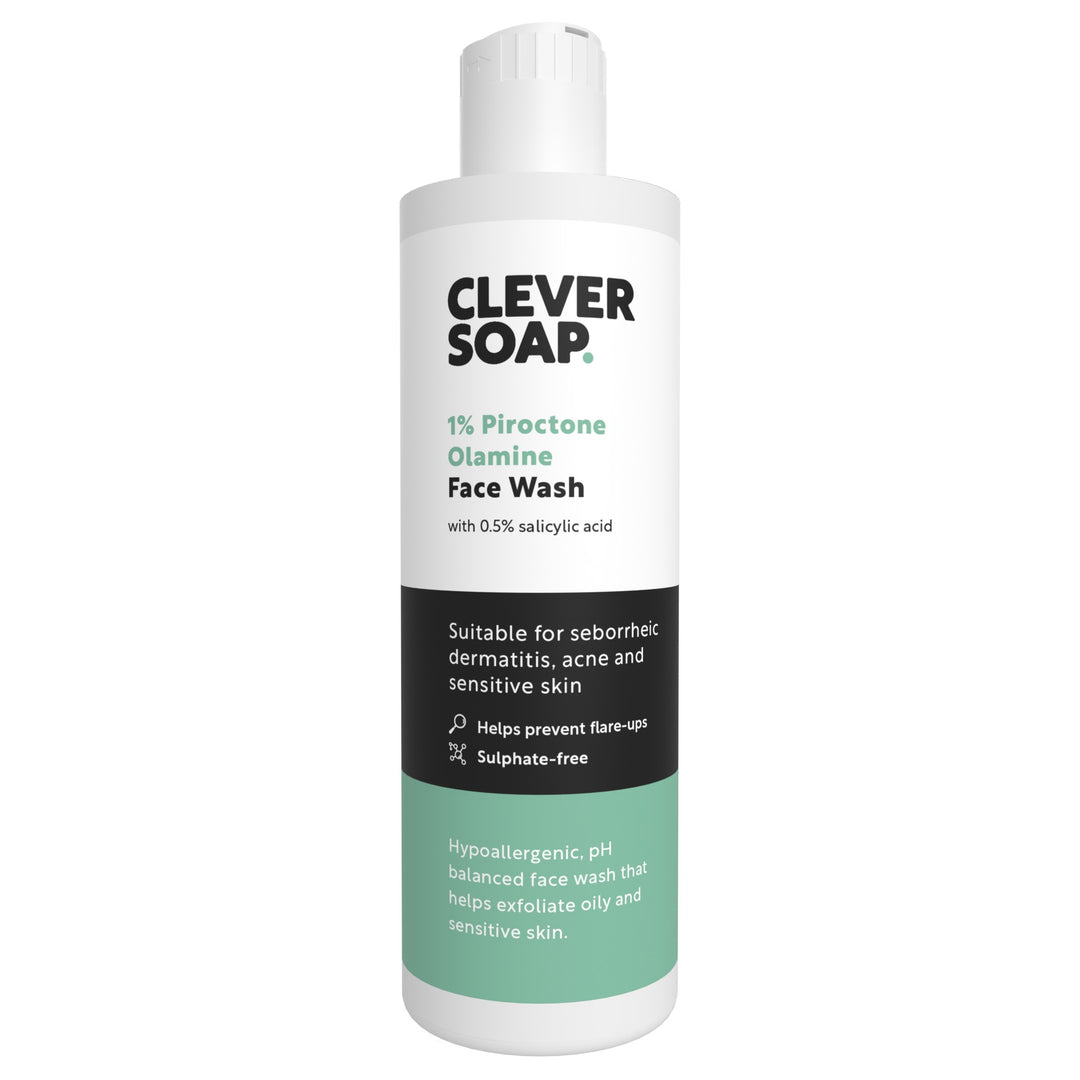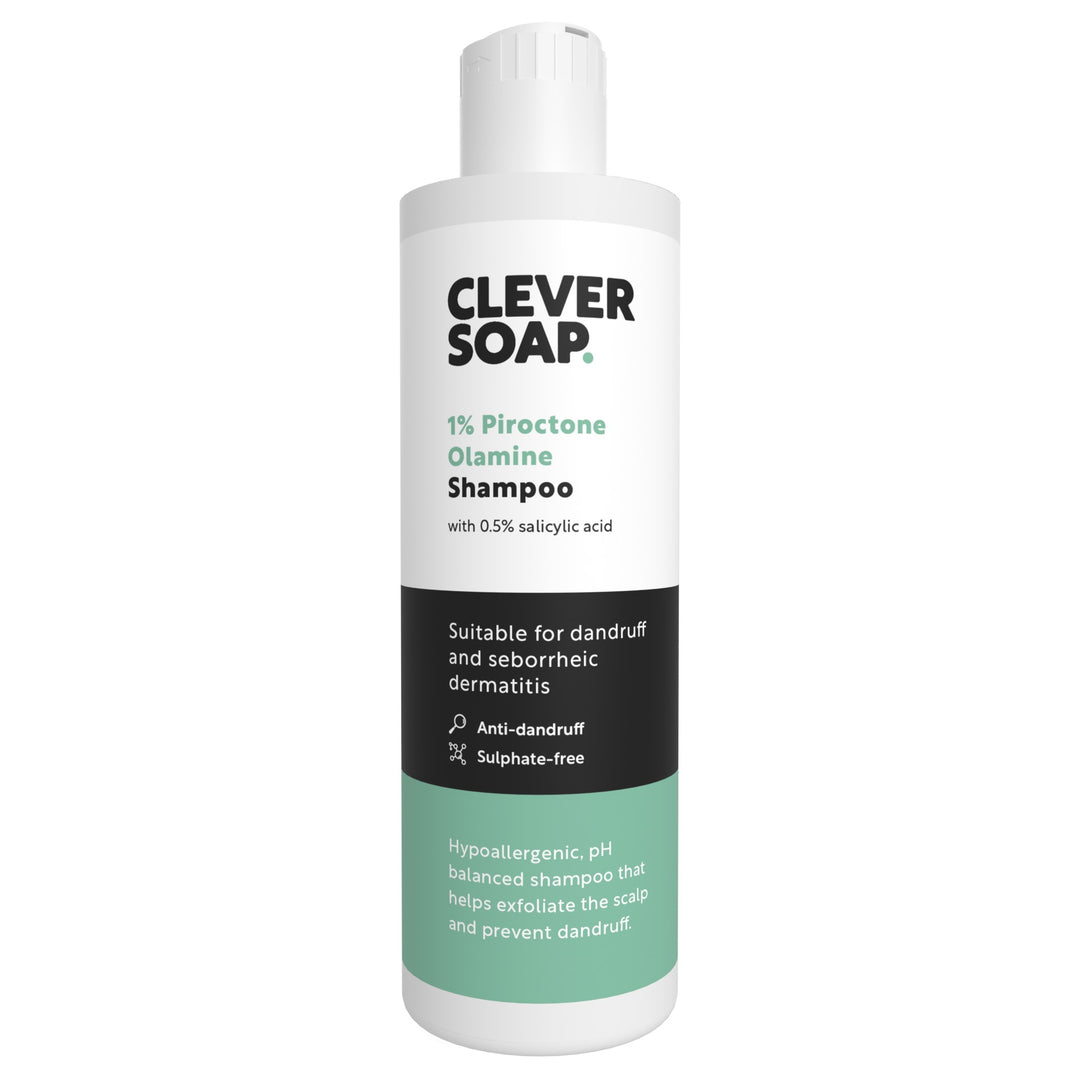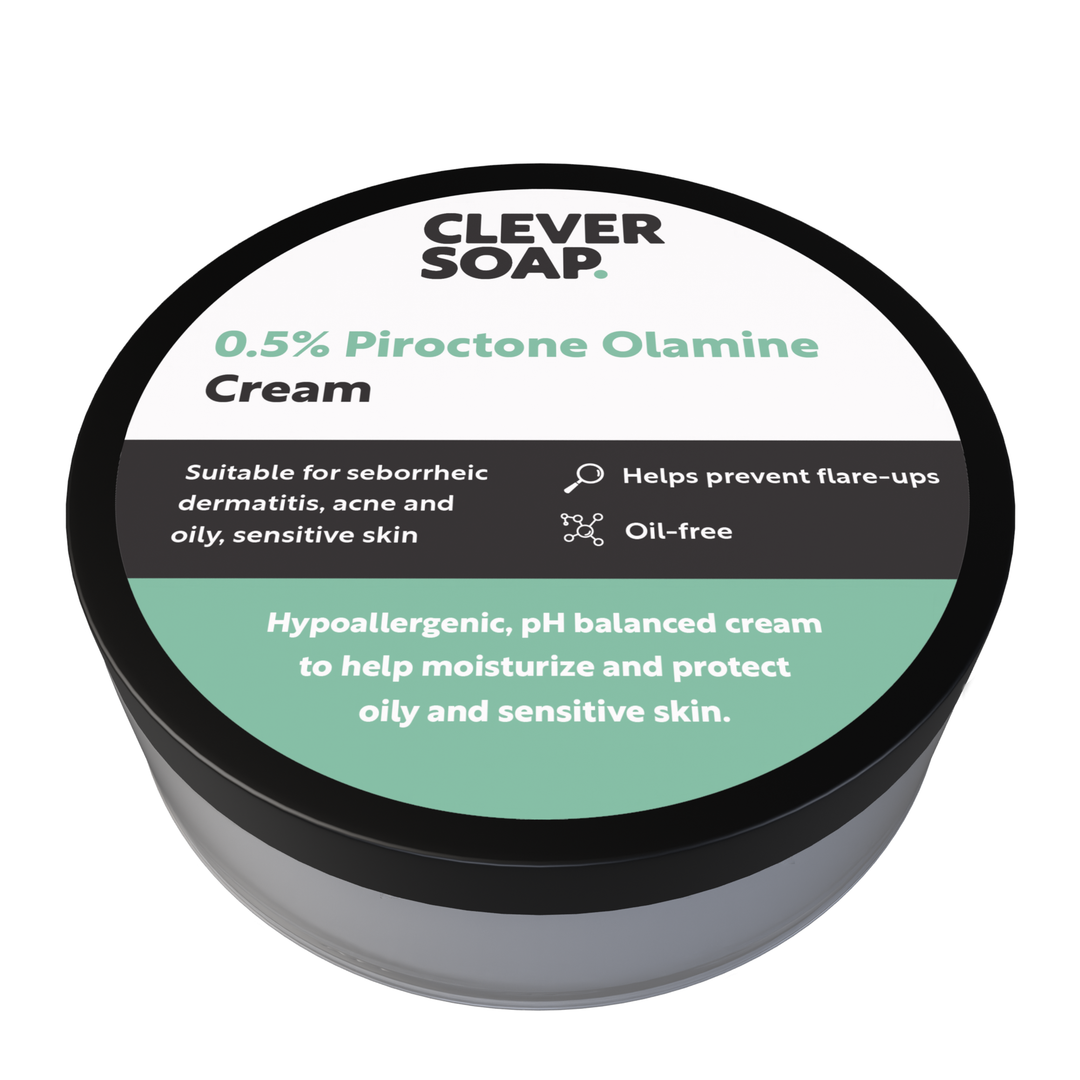U.K. DELIVERY £2.49, FREE FOR ORDERS OVER £25 | INTERNATIONAL DELIVERY FROM £9.99

Flaky Scalp Or Beard After 40? It Could Be Seborrheic Dermatitis
If you’ve noticed patches of flaky, irritated, red skin around the scalp, eyebrows, nose, or beard, you’re not alone. Seborrheic dermatitis is a common skin condition, often mistaken for simple dandruff, that tends to appear more frequently (and stubbornly) as we age.
For many older men, especially those over 40, these symptoms can become more noticeable and persistent. While it’s not dangerous, it can be frustrating. The good news is that with the right skincare, seborrheic dermatitis can often be managed effectively and comfortably.
Here we’ll break down what seborrheic dermatitis really is, why it shows up more often later in life, and how you can manage it effectively.
Malassezia-friendly Skincare Suitable For Seborrheic Dermatitis
Products in our green range are formulated without Malassezia-feeding ingredients, sulphates, or fragrances.
So What Exactly Is Seborrheic Dermatitis?
Seborrheic dermatitis is a chronic skin condition that causes redness, flaking, itching, and sometimes greasy patches; most commonly on the scalp, eyebrows, sides of the nose, ears, beard and even the chest. It’s caused by a combination of factors, including excess oil production and a reaction to a naturally occurring yeast on the skin called Malassezia.
As we get older, our skin changes. Oil glands can become more active, and the skin’s natural barrier tends to weaken, making it easier for irritation and flare-ups to occur. For older men, especially those dealing with other health issues or changes in skincare routines, seborrheic dermatitis can become more noticeable and persistent.
It’s not contagious or a sign of poor cleanliness, but it can be frustrating, particularly when the flakes start showing on shirts or the itching becomes uncomfortable.

How To Manage Seborrheic Dermatitis Effectively
Managing seborrheic dermatitis, especially in older adults, doesn’t have to mean harsh treatments or strong medications that leave the scalp feeling stripped. In fact, gentle, consistent care often makes the biggest difference.
You want to look for products with calming and barrier-supporting ingredients. Some key examples include:
- Piroctone Olamine. This is a well-tolerated ingredient that’s Malassezia-safe and suitable for seborrheic dermatitis.
- Salicylic Acid. This helps lift away flakes and gently exfoliate the skin without scratching or scrubbing.
- Aloe Vera and Oat Extract. Both of these ingredients are known for their soothing, skin-calming properties.
- Sea Buckthorn. This helps to support the scalp’s moisture barrier.
There are a few ingredients you want to avoid too, such as fragrances, sulphates and parabens, which can irritate sensitive skin. Certain types of oils can also feed Malassezia; you can find out more about what to avoid with our more detailed guide on seborrheic dermatitis here.
In short, a simple skincare routine, such as washing the affected areas a few times a week with a suitable product and avoiding overly fragranced or drying products can really help.
Conclusion
Seborrheic dermatitis can be frustrating, especially when it affects you or someone you love like a dad, partner, or older relative who may not be keen to talk about skin issues. But with the right approach, it doesn’t have to be a constant battle.
Gentle, effective products and a little extra care can make a real difference.



